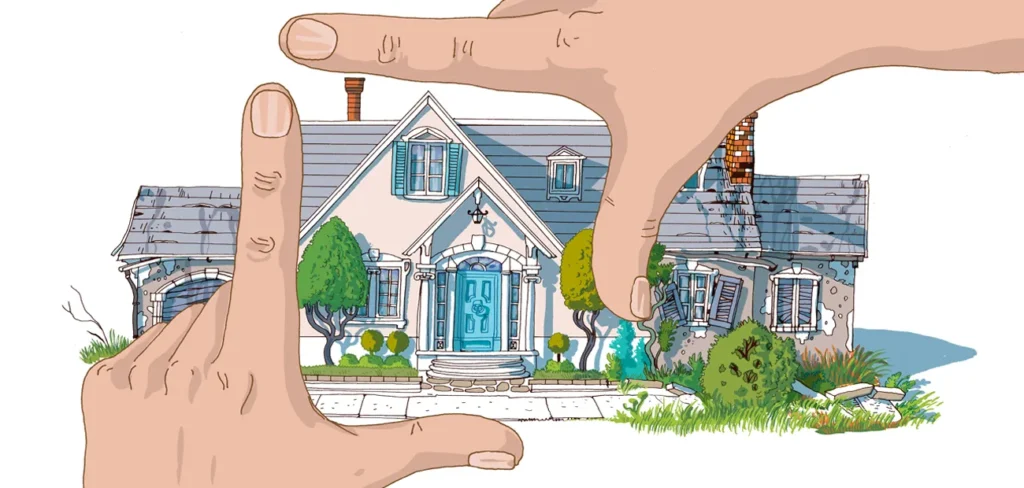Passive House design is gaining popularity worldwide as an innovative approach to creating energy-efficient and sustainable buildings. Windows play a crucial role in Passive House design, contributing to both energy efficiency and occupant comfort. In this article, we will explore the significant role of windows in Passive House design and how they help achieve energy efficiency goals while maintaining a comfortable indoor environment.
- Understanding Passive House Design Principles
To grasp the importance of windows in Passive House design, it’s essential to understand the core principles of this building approach. We will provide an overview of the key principles, such as high thermal insulation, airtightness, balanced ventilation, and passive solar gain. This foundation will set the stage for discussing how windows contribute to each principle.
- Optimal Window Orientation and Placement
Strategic window orientation and placement are critical in Passive House design. We will delve into the considerations for window positioning to maximize solar heat gain during the winter and minimize overheating in the summer. Additionally, we will explore how window size, glazing type, and shading devices impact energy performance and occupant comfort.
- High-Performance Window Technologies
Passive House windows go beyond standard double glazing. We will discuss the importance of high-performance window technologies, including triple glazing, low-emissivity coatings, and insulated frames. These features significantly improve thermal insulation, reduce heat loss or gain, and contribute to a more comfortable indoor environment.
- Airtightness and Window Sealing
Airtightness is a fundamental aspect of Passive House design. We will highlight the importance of properly sealing windows to minimize air leakage, which can significantly impact energy efficiency. Techniques such as using airtight window installation methods, applying weatherstripping, and ensuring proper sealing at junctions will be explored.

- Balancing Solar Heat Gain and Glare Control
Passive House design aims to maximize solar heat gain while minimizing glare and overheating. We will discuss the use of window coatings, glazing properties, and shading devices to strike a balance between harnessing solar energy and maintaining a comfortable indoor environment. This balance ensures optimal energy performance and occupant satisfaction.
- Ventilation Strategies and Window Design
Proper ventilation is crucial for indoor air quality in Passive House buildings. We will explore how window design influences natural ventilation strategies, such as tilt and turn windows or ventilation flaps. These features allow for controlled airflow while maintaining energy efficiency and maintaining airtightness. Converting an old Canadian property in an article about window design and home renovation.
- Monitoring and Assessing Window Performance:
To ensure the ongoing energy efficiency of Passive House buildings, it is important to monitor and assess window performance. We will discuss techniques for evaluating window performance, such as thermal imaging, air leakage tests, and periodic inspections. This information helps identify any issues or opportunities for improvement in maintaining energy efficiency goals.
Conclusion
Windows play a vital role in achieving energy efficiency goals in Passive House design. By carefully considering window orientation, selecting high-performance technologies, ensuring airtightness, balancing solar heat gain and glare control, and incorporating appropriate ventilation strategies, Passive House buildings can achieve exceptional energy efficiency while maintaining a comfortable and healthy indoor environment. The integration of windows as active components in Passive House design demonstrates their critical importance in creating sustainable and energy-efficient buildings.





